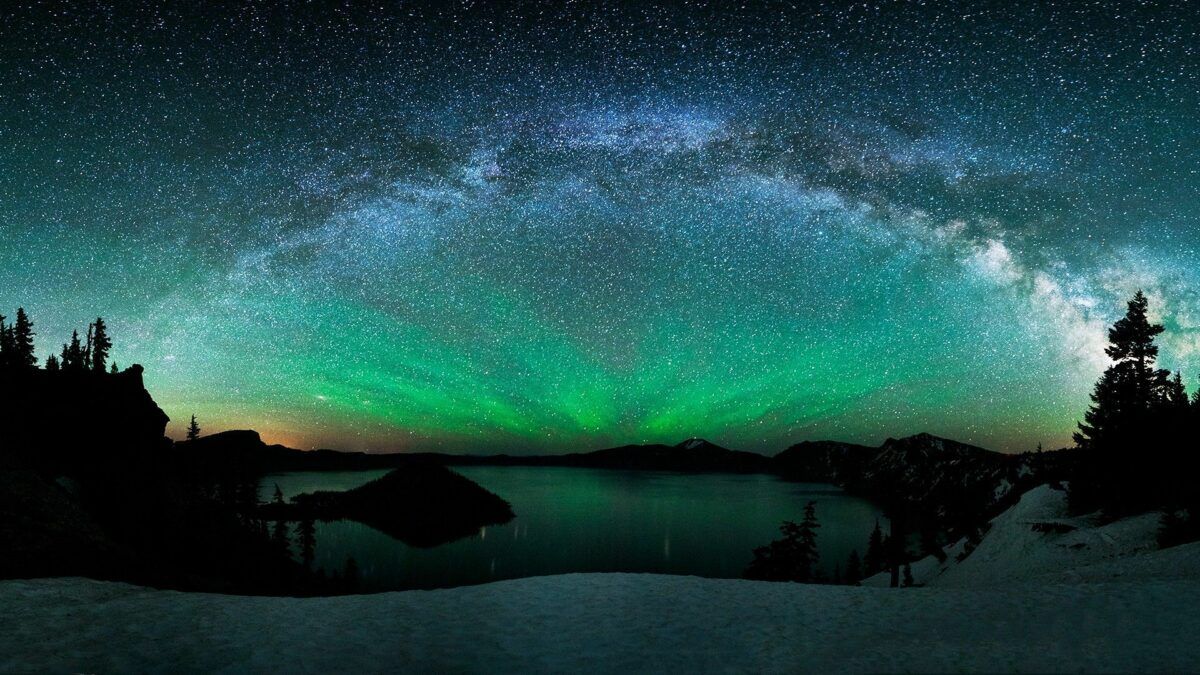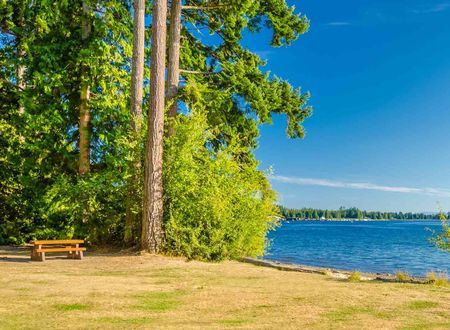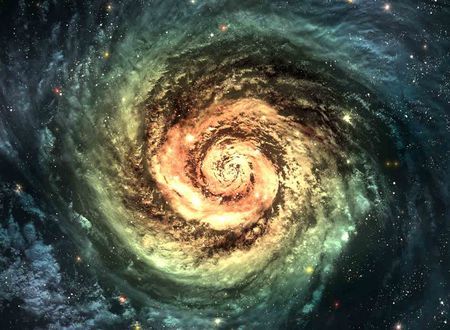Today we had a special lecture in our college. A professor of zoology who works at our university (Calcutta University) was invited as guest speaker. The lecture was about his recent expedition in the Antarctic region with his team. This team of Indian scientists consisted of people from diverse fields like Astrophysics, Geology, Biosciences etc. And just listening to this lecture was so thrilling, I wonder what the actual expedition would have looked like. I would like to share some of my most memorable moments from this lecture.
The credit for the first exploration of the Antarctic region and making this area known to the general public goes to 3 explorers namely : Ernest Shackleton, Robert Scott and Roald Amundsen. A famous saying is very popular among the explorers of Antarctica: “For scientific discovery give me Scott; for speed and efficiency of travel give me Amundsen; but when disaster strikes and all hope is gone, get down on your knees and pray for Shackleton.” It is said that during one of his expeditions, there was a terrible accident and Ernest Shackleton had single-handedly saved his entire crew of about 80 people without so much as a scratch on them.
Now, here’s some info about the selection process for the expedition:After a scientist submits their proposal to Government of India to conduct research in the Antarctica, the board selects which proposals are worthy of the expedition. After this rigorous screening process the aspirants go through an extensive medical (physical+psychological) check up of 3 days followed by a gruelling endurance training by the Indo-Tibetan army commandos. Those who survive this are finally allowed to go for the expedition. The medical screening is so strict that our professor had to extract 3 of his teeth because they were in a bad shape and no emergency dental care could be provided at the pole.
During the presentation, we saw amazing cinematic views of their ship cutting through the waters of the Arctic Ocean and finally seeing the icebergs. There were clips of an unearthly starry night sky coupled with a green aurora. We also saw videos of penguin colonies, seals and a huge hunchback whale that sprayed our professor’s ship with water while passing by. There was a video where the ship was riding on huge waves and the waves crashing onto the deck of the ship. All the students got goosebumps while watching this and it felt like we had been truly on a 2hr adventure in our auditorium.
Our professor’s research was regarding the quantity of plastic pollution in the arctic region and contrary to popular belief a huge amount of microplastic (micro because on its way from civilization to the antarctic, the plastic had been degraded) was found there. The explorers who go there aren’t allowed to leave even a single piece of rubber band behind in the region. So much so, that our brilliant scientists clean their poop, incinerate it and bring it back because in those cold conditions even poop gets preserved as opposed to the natural degradation that happens.
We were shown the geodesic domes present in the Indian research facility over there which receives and transmits signals from our satellites. One interesting fact about the poles is that, the electromagnetic force over there is so high that researchers can get an electric shock just from shaking each others bare hands due to static electricity.
This post became longer than expected. I would like to end this blog here.Sorry, out of sheer excitement, I just rambled on and on about stuff. I hope I didn’t bore you. Thank you for reading this post and giving me your precious time. See you soon 😊.









Comments & Discussion
9 COMMENTS
Please login to read members' comments and participate in the discussion.